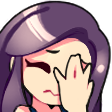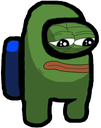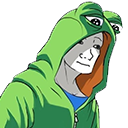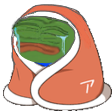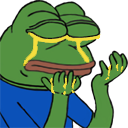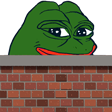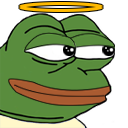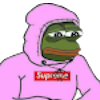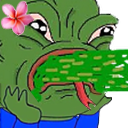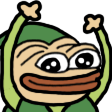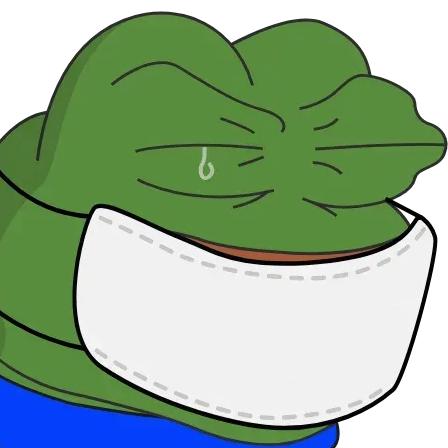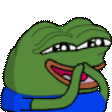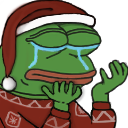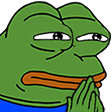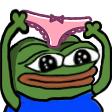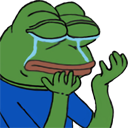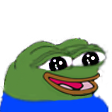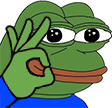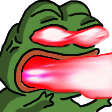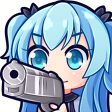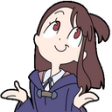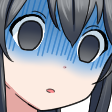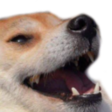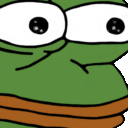Chapter 660: Chapter 593 Back Figure_3 Chapter 660: Chapter 593 Back Figure_3 “Call Dr. Ao for me,” Yang Ping instructed.
Professor Zou shook his head, “Never mind, I am leaving now. My mentor said during his study period, he doesn’t want me to disturb him. I just wanted to come and see if there is anything I can help with.”
With your expression and demeanor, it’s as if this place is a juvenile delinquent center, and you are the parent of a child who’s under instruction. Yang Ping muttered to himself.
“Don’t tell him that I’ve been here, please, take care of things. My mentor was very kind to me when I was in Germany,” Professor Zou implored emotionally.
Yang Ping found it unusual that he came without meeting.
“Give these fruits to him,” he said.
After saying this, Professor Zou prepared to leave.
Aren’t you just like a parent visiting their child at a correction center? This is not how one visits a mentor.
“That’s it then! Please!”
While his mentor was still changing dressings, Professor Zou quickly left, it was clear that his mentor did not want to see him.
What?
Left a bag of fruit here and just left.
Yang Ping wanted to catch up with Professor Zou, but he’s already disappeared.
—
In the office, Yang Ping took several sips of tea.
He was reflecting on the orthopedic technique of external fixation for spinal curves.
In the System Space, he revisited a number of specialized orthopedic books and journals.
A large proportion of patients with spinal scoliosis are adolescents, in their growth and development stage. Can we take advantage of the characteristics of adolescents? Can we find a better method?
Any treatment method is developmental. For example, in the treatment of gastric ulcers, initially, surgery was carried out – partial stomach removal, then it transitioned to selective vagotomy. Later, with the progress in the studies of H. pylori and gastric acid secretion, there was no need for surgery. Direct triple or quadruple drug therapies could lead to resolutions. This is how treatment methods improved, no single treatment can be the ultimate cure.
Yang Ping analyzed the evolution of orthopedics, especially adolescent orthopedics, and then analyzed current cutting-edge techniques, discovering an important piece of information: can epiphyseal arrest and stimulation techniques be applied in spinal scoliosis correction?
Now, epiphyseal arrest techniques have already been sporadically used in the simple pediatric cases of spinal scoliosis.
The traditional orthopedic surgery revolves around osteotomy, hence the correction of skeletal deformities often require osteotomies.
However, for adolescents and children, a population still in the growth and development stage, their bones are still growing.
The lengthening of long limb bones mainly relies on the growth plate at both ends of the bones, the epiphyseal plate. The growth plate, essayed as a stack of different levels of maturing chondrocytes, forms an organized structure. Matured chondrocytes turn into osteocytes, undergoing matrix mineralization to form cancellous bone, adding to the ends of the long bones. In this way, the long bones continue to grow.
Under normal circumstances, such growth of the growth plate is balanced, hence we do not display any sideway deformities during growth.
In case of certain conditions like trauma, infection, tumors, radiation, metabolism, developmental abnormalities etc. which damage the growth mechanism of the growth plate, disrupt the balance and inhibit or stimulate the growth, leading an accelerated, decelerated or even stagnant growth – limbs display length imbalances or curvatures.
In cases where the bone bends due to an imbalanced epiphyseal plate growth, it can be corrected by temporarily arresting one side of the growth plate that shows relative faster growth, letting the slower side catch up.
Doctors often achieve epiphyseal arrest by placing a small steel plate and two screws across the growth plate on the convex side of the deformity.
In this way, the concave side grows faster than the convex side, correcting the curvature.
Though it sounds simple, implementing this technique in spine correction requires solving some significant issues.
Firstly, thorough research has to be conducted on the growth mechanism of the spine, precisely adjust every epiphyseal plate, regulate from all three axis. Secondly, the mastering of epiphyseal stimulation technique is necessary, because at the moment, only epiphyseal arrest technique exists, there is no technique for epiphyseal stimulation.
If this technique is broken through, then there will be two complementary surgeries in spine correction theory. The two compensate each other’s shortcomings, making spine correction very effortless.
For example, in pediatric spine correction, just minimally invasively insert a few screws.
If you find any errors ( broken links, non-standard content, etc.. ), Please let us know via our discord so we can fix it as soon as possible.





